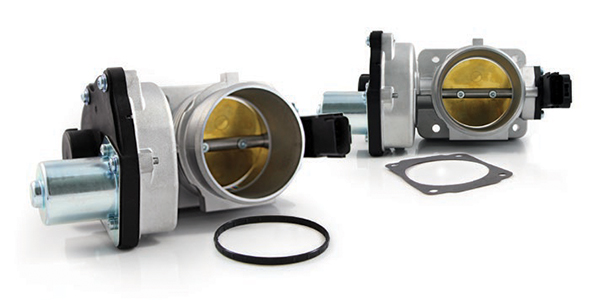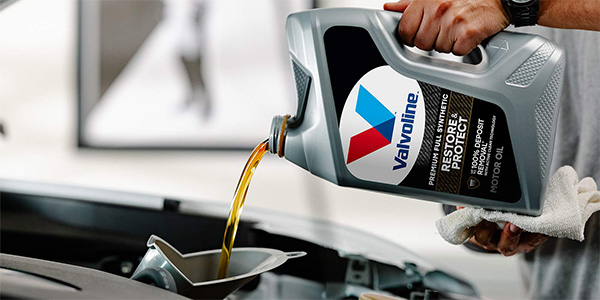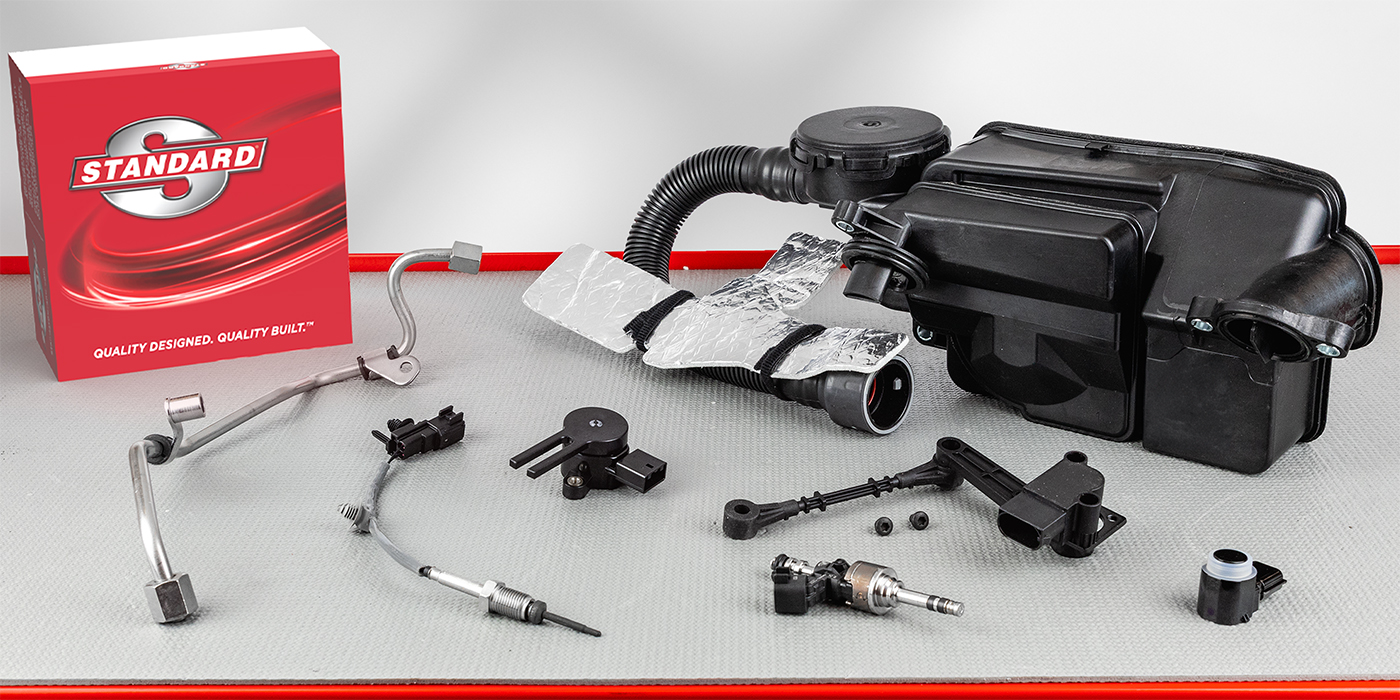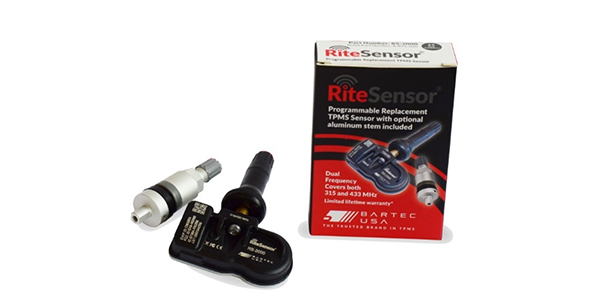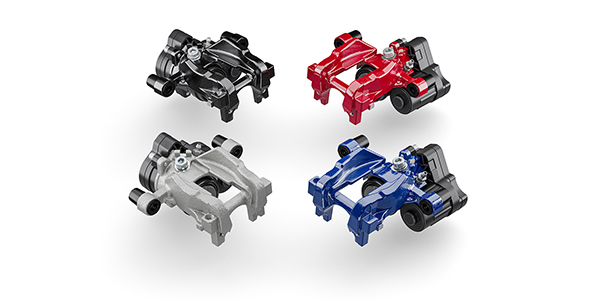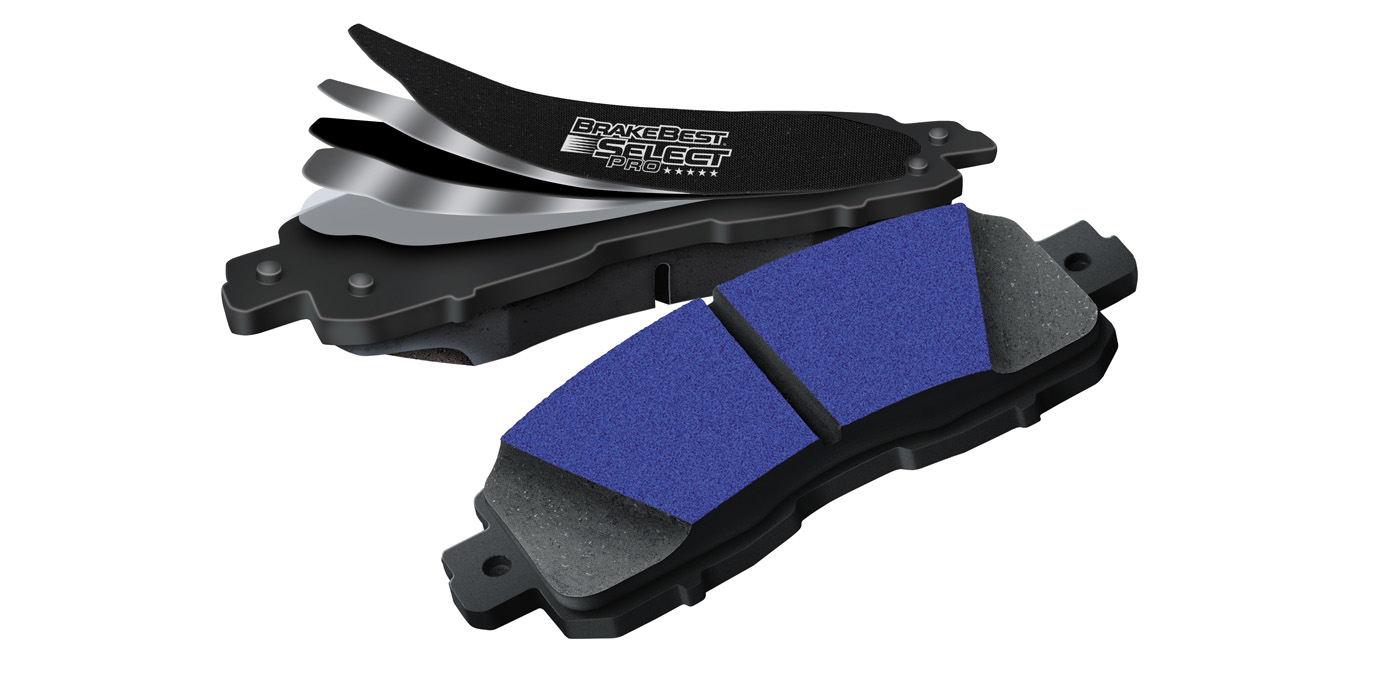Today’s Electronic Throttle Control (ETC) has been around for decades. Known by various names and configurations, these systems have helped improve fuel economy, reduce vehicle emissions, protect related powertrain components and provide an overall better driving experience.
Yet for all its benefits, ETC isn’t perfect. Faults can occur and they can be frustrating for motorists as well as technicians.
In many cases, a fault will happen for just an instant in time, but will result in a limp-in condition for the driver. Customers may show up with an array of concerns caused by ETC systems – an inoperative cruise control, the vehicle may be stuck in limp-in mode or a warning light may be illuminated.
The first step in diagnosing an ETC fault is to understand the principles of the system and how the components function. Multiple sensors are used to provide driver and vehicle feedback to the electronic throttle body – multiple sensors are used for safety and each sensor operates independent of the others.
Of course, multiple sensors require careful diagnosis. When attempting to diagnose an Electronic Throttle Control fault, it’s important for the technician to follow diagnostic trouble codes carefully, always check technical service bulletins and look for software updates. Many times, the DTC will be divided into three areas: Accelerator Pedal Position (APP), logic (PCM or wiring) or throttle body (TPS.) Keep in mind that other parts of the vehicle’s control system may cause throttle-related symptoms but aren’t necessarily the ETC’s fault. For example, wheel speed sensors can affect throttle opening so check them first.
In order to avoid idle drivability concerns, after a component from the electronic throttle system has been replaced, it is important that the PCM memory be erased, and the electronic throttle control system values be learned. While some vehicles require a reflash, and others require an extensive relearn procedure, some manufacturers’ procedures are relatively simple. In some cases, these values can be learned by operating the engine for two minutes in park with AC off, two minutes in park with AC on, two minutes in drive with AC off, two minutes in drive with the AC on.
For more information, visit StandardETB.com.

